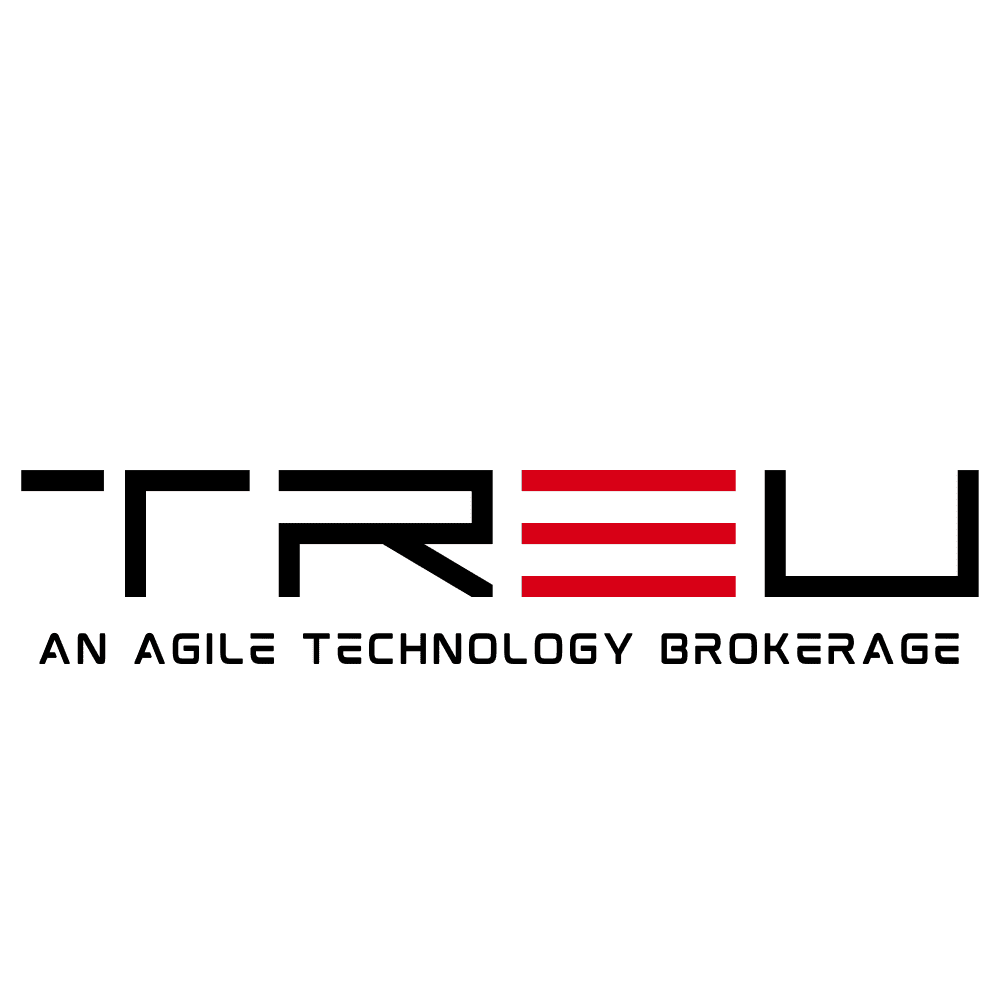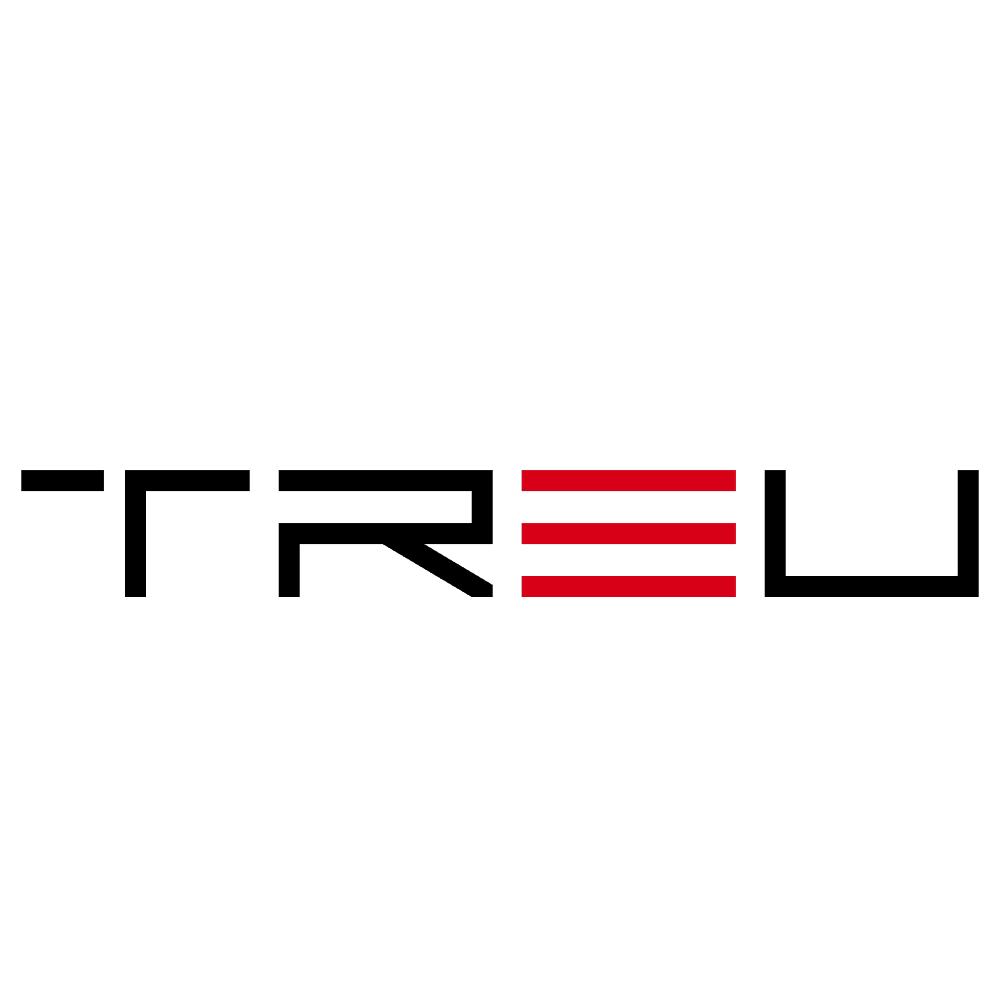Integrate FinOps into CI/CD to Cut Cloud Costs Efficiently
Cloud computing has revolutionized software development, offering unprecedented scalability and agility. However, the ease of deploying and scaling applications in the cloud can lead to ballooning costs if not properly managed. Enter FinOps — a cultural practice that combines financial accountability with DevOps processes. By embedding FinOps into your CI/CD workflows, teams can proactively monitor and optimize cloud spend while maintaining speed and innovation.
What is FinOps and Why Does It Matter?
FinOps, short for “Financial Operations,” is a collaborative approach to managing cloud costs. It brings together engineering, finance, and business teams to create visibility, accountability, and control over cloud expenses. More than just cost reporting, FinOps is about proactive resource optimization and informed decision-making throughout the software delivery lifecycle.
As DevOps has accelerated deployment cycles, new financial challenges have emerged:
- Decentralized spending: Teams can spin up cloud resources on demand, often with little to no oversight.
- Inconsistent tagging: Poorly tagged resources make it difficult to allocate costs effectively.
- Lack of forecasting: Without cost predictability, it’s hard to budget cloud expenses accurately.
Integrating FinOps with CI/CD helps mitigate these challenges, creating a cost-conscious culture without sacrificing agility.
How CI/CD and FinOps Can Work Together
CI/CD pipelines are the heart of modern application development. By automating the build, test, and deployment processes, CI/CD enables faster innovation and more reliable releases. However, this velocity can inadvertently lead to cost inefficiencies if teams don’t consider financial impacts during development.
Here are key ways to integrate FinOps into CI/CD workflows:
1. Automate Cost Awareness During Builds
Just as you monitor code quality and security during the development process, you can also monitor cost-related metrics. This means introducing cost estimation tools or policies into the CI pipeline.
- Forecast Costs: Use cost estimation tools during the build stage to predict the financial impact of new features or infrastructure changes.
- Fail Expensive Builds: Automatically flag and fail builds that exceed predefined cost thresholds, just as you would for failing unit tests.
This helps engineers make informed trade-offs between performance and cost early in the development lifecycle.
2. Integrate Real-Time Cost Feedback
It’s not enough to analyze costs monthly or post-deployment. Real-time feedback is crucial. By embedding cost monitoring tools directly into the CI/CD pipeline, you provide development teams with visibility into how their changes impact cost.
- Use dashboards integrated with CI tools like Jenkins, GitHub Actions, or GitLab to show estimated cost per change.
- Tag all deployed resources automatically to track which team or feature they belong to, making cost attribution clearer.
Immediate feedback drives behavior change and fosters financial accountability across teams.
3. Enforce Governance Policies Within Pipelines
Just as you enforce compliance and security rules during deployments, you can also apply financial governance. Integrate policies that limit inefficient provisioning of cloud resources.
- Enforce instance sizing policies to prevent deploying unnecessarily large VMs or databases.
- Limit resource lifetimes so that non-production or test environments are automatically scaled down or deleted after use.
Automated governance reduces operational overhead and improves cost efficiency across environments.
4. Shift Cloud Cost Ownership Left
Much like the “shift left” movement in testing and security, shifting cloud cost accountability to developers ensures issues are addressed closer to the source. By surfacing cost data early and often, engineers learn to optimize for impact rather than just functionality or speed.
- Incorporate cost-related KPIs into sprint planning and retrospectives.
- Celebrate teams that reduce costs without compromising performance to reinforce the value of optimization.
The goal here is to equip developers with the tooling and data they need to make smart decisions about the cost implications of their code and infrastructure choices.
5. Use Infrastructure as Code (IaC) to Track and Control Cost
Infrastructure as Code provides a powerful means to integrate financial transparency with deployments. By managing infrastructure changes through version-controlled code, FinOps teams can:
- Track changes to cost-driving components such as instance types, database usage, or storage policies.
- Audit cloud resource consumption for compliance and cost-control purposes.
By integrating IaC with FinOps, organizations gain better visibility and control over the entire cloud provisioning process.
Benefits of Integrating FinOps into CI/CD Workflows
Incorporating FinOps into your CI/CD pipeline is more than a money-saving tactic — it’s a strategic advantage. Here are some major benefits:
- Proactive Cost Management: Identify and resolve cost-related issues before they impact your budget.
- Improved Collaboration: Foster cross-functional communication between technical and financial teams.
- Greater Transparency: Gain real-time insights into where and how cloud resources are being used.
- Faster Decision-Making: Equip teams with the data they need to make financially sound architectural decisions.
Challenges to Watch For
Despite its benefits, integrating FinOps into CI/CD isn’t without challenges:
- Cultural resistance: Teams may see cost optimization as a blocker rather than an enabler.
- Lack of tooling expertise: Implementing cost tracking and analysis tools requires new skillsets.
- Metric overload: Too many alerts or dashboards can lead to analysis paralysis rather than actionable insights.
To overcome these hurdles, organizations must approach FinOps as a continuous improvement journey — not a one-time initiative.
Tools That Can Help
Implementing FinOps in the CI/CD flow becomes easier with the right tools. Here are a few popular options:
- CloudHealth by VMware: Offers cost reporting and optimization recommendations.
- Harness Cloud Cost Management: Integrates directly with CI/CD pipelines for automated cost governance.
- Infracost: Provides cloud cost estimates for Infrastructure as Code (Terraform).
- Cloud Custodian: Enforces cost and compliance rules through policies applied at deployment time.
Final Thoughts
If left unchecked, cloud costs can spiral out of control — even when your CI/CD pipelines are delivering record-breaking deployment speeds. That’s why integrating FinOps into CI/CD workflows is no longer optional; it’s a business imperative.
By making cloud cost data visible, actionable, and automated, your teams can make smarter, faster, and more financially responsible decisions. Embedding FinOps into your development lifecycle doesn’t slow innovation — it empowers it.
Start small, iterate continuously, and drive a culture of cost-conscious engineering with FinOps in your CI/CD pipelines.

